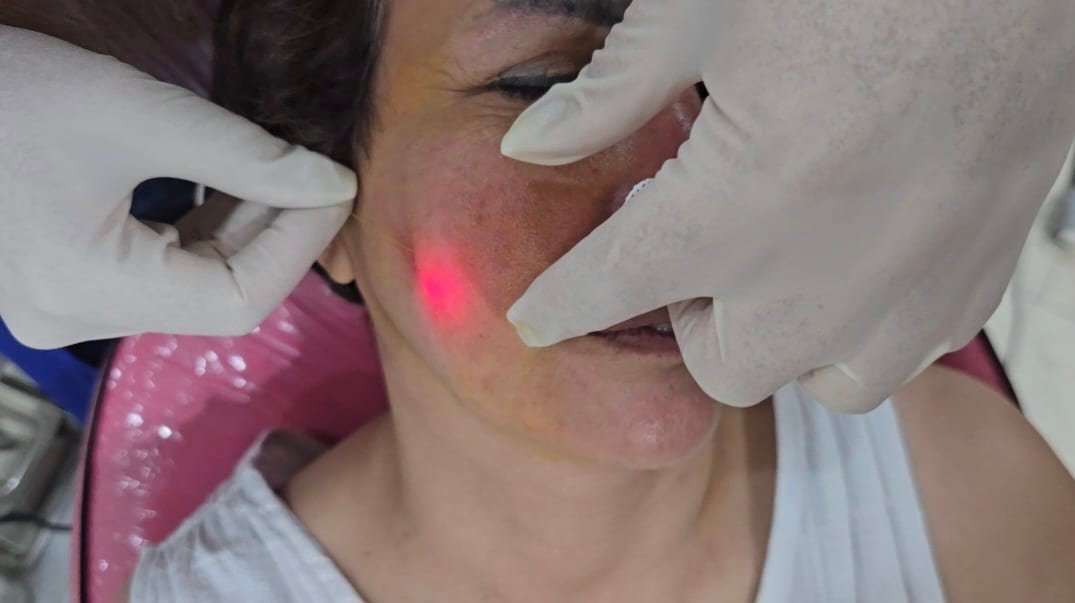Achieving a flat, toned abdomen is a common goal for many individuals striving for improved body contours and confidence. While traditional methods such as diet and exercise are fundamental, they sometimes fall short in addressing excess skin and stubborn fat deposits, especially after significant weight loss or pregnancy. This is where surgical options like the tummy tuck come into play, offering a more definitive solution.
A Tummy tuck Abu Dhabi specifically, refers to this cosmetic surgical procedure performed in the region, tailored to help individuals refine their abdominal profile. Although primarily known for contouring, many wonder how a tummy tuck can assist in weight management. Understanding how this surgery contributes to weight loss involves exploring its mechanisms, benefits, and the overall transformation it offers.
What Is a Tummy Tuck?
Definition and Purpose
A tummy tuck, medically known as abdominoplasty, is a surgical procedure designed to remove excess skin and fat from the abdominal region. It also involves tightening the underlying abdominal muscles, resulting in a smoother and firmer abdomen. The procedure is often sought after pregnancy, significant weight loss, or aging, where skin laxity and muscle weakness are prominent.
Types of Tummy Tuck Procedures
There are different variations of tummy tuck surgeries, including full, mini, and extended versions, each tailored to the patient’s needs. The full tummy tuck addresses the entire abdomen, while mini-tucks focus on the lower abdomen. The choice depends on the amount of excess skin and fat, as well as the patient’s aesthetic goals.
How a Tummy Tuck Contributes to Weight Loss
Not a Weight Loss Procedure
It is crucial to clarify that a tummy tuck is not primarily a weight-loss surgery. Instead, it is designed to improve body contours and address specific aesthetic concerns. However, many patients experience a reduction in weight, particularly excess skin and fat, which can contribute to overall weight management.
Removal of Excess Skin and Fat
One of the main ways a tummy tuck aids in weight management is through the removal of surplus skin and localized fat deposits. This removal can lead to a noticeable decrease in body volume and size, especially in the abdomen area. Although the primary goal is contouring, this reduction can be significant for individuals with loose skin or stubborn fat pockets.
Muscle Tightening and Its Role
An important aspect of the procedure involves tightening the abdominal muscles, which may have become stretched or weakened due to pregnancy or weight fluctuations. Strengthening these muscles enhances core stability, posture, and can improve the appearance of the abdomen, indirectly aiding in better physical activity and, consequently, weight control.
Post-Surgical Lifestyle and Weight Maintenance
While the surgery can lead to an immediate change in body shape, long-term weight management depends on adopting a healthy lifestyle. Maintaining a balanced diet and regular exercise is essential to sustain the results achieved through the procedure. The surgery acts as a catalyst, motivating individuals to pursue healthier habits.
Benefits of Tummy Tuck for Weight Management
Enhanced Body Contour
Post-surgery, patients typically enjoy a more defined and proportionate silhouette. The removal of excess skin and fat results in a flatter abdomen, which can boost self-confidence and motivate continued healthful choices.
Improved Posture and Core Strength
By tightening abdominal muscles, a tummy tuck can improve posture and reduce back discomfort. Better posture not only enhances appearance but also encourages physical activity, which supports weight management.
Psychological and Emotional Benefits
Feeling more comfortable with one’s body can lead to increased motivation for fitness and healthy living. Many patients report improved self-esteem and body image, which are important factors in maintaining long-term weight goals.
Potential for Additional Procedures
In some cases, a tummy tuck is combined with liposuction or other body contouring techniques to optimize results. These combined procedures can target multiple areas, offering a comprehensive approach to body shaping.
The Role of a Tummy Tuck in Post-Weight Loss Body Contouring
Addressing Loose Skin After Weight Loss
Significant weight loss often results in excess, sagging skin that can be uncomfortable and unsightly. A tummy tuck effectively removes this redundant skin, restoring a more natural and smooth appearance.
Complementing Lifestyle Changes
For individuals who have achieved their weight loss goals through diet and exercise, a tummy tuck can help refine their body’s contours, making their efforts more visible and satisfying.
Encouraging Continued Fitness Efforts
The improved body shape post-surgery can serve as motivation to maintain a healthy lifestyle, helping individuals sustain their weight loss and overall health.
Ideal Candidates for Tummy Tuck Surgery
Who Should Consider the Procedure?
The ideal candidates are those who are close to their ideal weight but struggle with excess skin or localized fat deposits around the abdomen. Good skin elasticity, realistic expectations, and overall good health are important criteria for a successful outcome.
Not Suitable for Significant Weight Loss
While the surgery can help contour the body, it is not suitable for individuals seeking to lose a large amount of weight. It is best viewed as a body-contouring procedure rather than a weight-loss solution.
Preparing for a Tummy Tuck
Preoperative Considerations
Preparing for surgery involves consultations to discuss goals, medical evaluations, and lifestyle modifications. Patients are advised to maintain a stable weight and lead a healthy lifestyle to optimize results.
Postoperative Lifestyle Adjustments
Post-surgery, patients are encouraged to follow specific activity restrictions, wear compression garments, and attend follow-up appointments. Maintaining a balanced diet and regular exercise are vital for preserving the results.
Recovery and Long-Term Results
Recovery Timeline
Recovery typically involves a few weeks of rest, with most patients returning to normal activities within a month. Swelling and discomfort gradually subside, revealing the new contour.
Long-Term Maintenance
Long-lasting results depend on maintaining a stable weight and adopting healthy habits. Fluctuations in weight can affect the surgical results, so ongoing lifestyle management is essential.
Conclusion
While a tummy tuck Abu Dhabi is primarily a body contouring procedure, it can significantly contribute to weight management and overall body confidence. By removing excess skin, tightening muscles, and improving abdominal shape, this surgery offers both aesthetic and functional benefits. When combined with a healthy lifestyle, the results can be long-lasting, helping individuals feel better and more motivated in their health journey.
FAQs
1. Can a tummy tuck help me lose a significant amount of weight?
A tummy tuck is not designed for substantial weight loss but rather for contouring and removing excess skin. It is most effective for individuals close to their ideal weight who want to improve their abdominal appearance.
2. How does a tummy tuck improve posture and physical activity?
By tightening and strengthening the abdominal muscles, a tummy tuck can enhance core stability, leading to better posture and making physical activity easier, which supports ongoing weight management.
3. Is the results of a tummy tuck permanent?
Yes, the results are long-lasting, provided the individual maintains a stable weight and healthy lifestyle post-surgery. Significant weight fluctuations can impact the longevity of the outcome.
4. Who is an ideal candidate for a tummy tuck?
Candidates should be at or near their ideal weight, have good skin elasticity, and be in overall good health. They should also have realistic expectations about the results and be committed to maintaining a healthy lifestyle.
















Leave a Reply